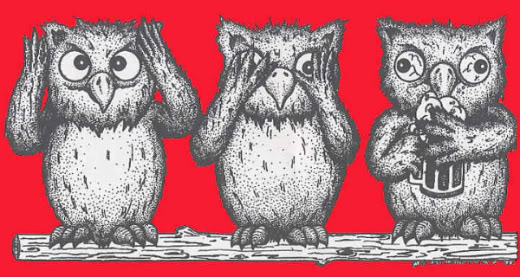As expected, Anheuser-Busch released Redbridge, a gluten-free beer made with sorghum nationally last week. As with their organic beers, A-B claims they will be making regular donations to a relevant charity, in this case to National Foundation for Celia Awareness, undoubtedly a worthy organization. The Redbridge website is also up and running now, too.
Here’s a portion of the press release:
Sorghum, the primary ingredient in Redbridge, is a safe grain for those allergic to wheat or gluten. It is grown in the United States, Africa, Southern Europe, Central America and Southern Asia. Sorghum beers have been available internationally for years and are popular in many African countries.
Redbridge is a hearty, full-bodied lager brewed using imported Hallertau and domestic Cascade hops. It is brewed with sorghum and has a well-balanced, moderately hopped taste. “We set out to create a fine, hand-crafted specialty beer made without wheat or barley,” said Angie Minges, product manager, Anheuser-Busch. “We’ve made Redbridge nationally available to make sure adults who experience wheat allergies or who choose a gluten-free or wheat-free diet can enjoy the kind of beer that fits their lifestyle.”
Redbridge contains 4.8% alcohol per 12-ounce serving. It will be available in 12-ounce, six-pack bottles. Redbridge is brewed at the Anheuser-Busch Merrimack, N.H., brewery.
The new six-packs for Redbridge, now available nationally.


